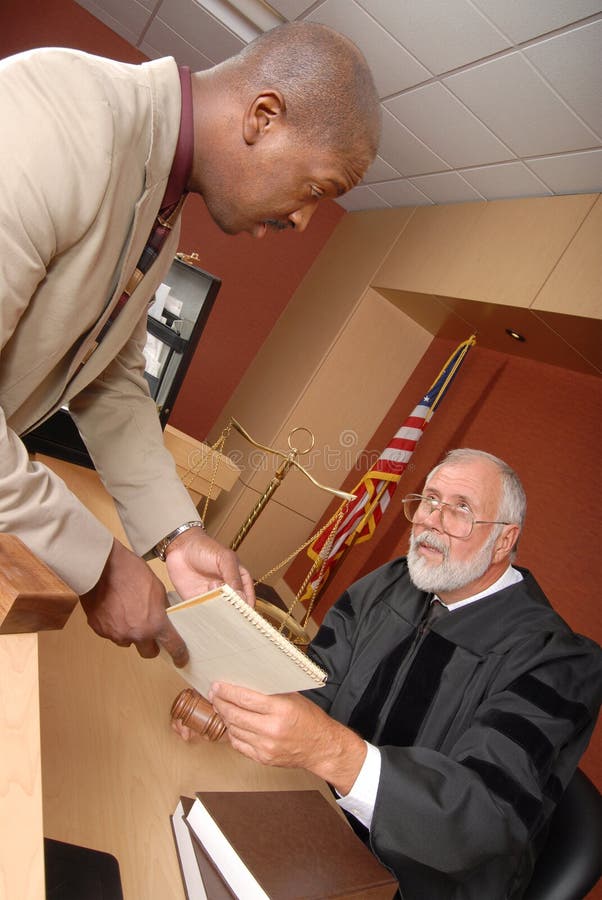From Idea to Courtroom: Actions to Create Effective and Convincing Trial Presentations
From Idea to Courtroom: Actions to Create Effective and Convincing Trial Presentations
Blog Article
Navigating the Intricacies of Test Presentations: Tips for Seamless Shipment and Engaging Disagreements
In the world of lawful proceedings, the art of test discussion stands as an essential component of success. The intricacies fundamental in test presentations need a delicate equilibrium of ability, approach, and skill.

Understanding Test Purposes
To efficiently navigate a trial, it is important to have a clear understanding of the purposes that require to be accomplished. Before entering the courtroom, lawful groups need to specify their objectives and wanted end results. These goals work as guiding concepts throughout the trial, shaping methods and influencing decision-making processes.
Understanding trial objectives involves a detailed analysis of the case, lawful criteria, and the client's ideal passions. Trial Presentations. It needs a meticulous examination of the facts, determining vital issues, and expecting possible challenges. By establishing specific and measurable objectives, attorneys can tailor their disagreements and presentations to line up with the preferred outcomes
In addition, a clear grip of test objectives allows lawful groups to focus on proof, witnesses, and lawful debates properly. It enables for the development of a coherent narrative that reverberates with the judge and court, enhancing the general case presentation.

Organizing Evidence Effectively
Having a clear understanding of trial goals lays the structure for arranging proof effectively in legal procedures. By straightening the presentation of evidence with the wanted results of the test, legal teams can enhance their arguments and enhance their persuasiveness.
An additional key aspect in organizing proof effectively is establishing a sensible circulation. Providing proof in a coherent and consecutive way can help construct a compelling story that sustains the legal arguments being made. Furthermore, utilizing aesthetic help such as graphes, timelines, or graphs can even more boost the company of proof and help in making clear complex partnerships or sequences of events.
Moreover, guaranteeing that all proof offered is appropriate and acceptable to the case is important. Unnecessary or inadmissible proof can take away from the strength of the debate and potentially hurt the integrity of click to read more the presenting event. A thorough testimonial and choice process should be taken on to consist of just the most legally sound and impactful proof in the trial discussion.
Crafting Persuasive Narratives
Crafting engaging stories plays an essential role in offering influential debates during legal process. When creating a story for a test discussion, it is necessary to develop a clear story that highlights crucial factors and connects them in a meaningful way. By weaving with each other evidence, testimony, and legal arguments into a convincing and cohesive narrative, lawful professionals can successfully promote for their customers and increase the likelihood of a favorable result in the court.
Grasping Aesthetic Aids
Effective use visual help is vital to enhancing the impact and quality of test presentations. Aesthetic help, when used purposefully, have the power to simplify complex info, strengthen essential points, and leave an enduring perception on the discretionary. To understand aesthetic aids in test presentations, it over at this website is vital to make certain that they are clear, concise, and relevant to the debates being made.
When incorporating aesthetic help, such as charts, graphs, timelines, or photos, into a test presentation, it is important to keep them aesthetically appealing yet expert. The visuals need to enhance the verbal debates, supplying a visual depiction of the details being talked about without frustrating the audience with unnecessary details.
Additionally, exercising with the aesthetic aids beforehand is necessary to guarantee a seamless shipment throughout the trial. Acquainting oneself with the content, changes, and timings of each aesthetic help can help preserve the flow of the discussion and avoid technological problems that may occur.
Providing Impactful Closing Arguments
A compelling closing disagreement offers as the culmination of a test discussion, encapsulating the core narrative and encouraging the court and court in the direction of a desirable decision. Begin by describing the major arguments that support your client's placement, highlighting why the evidence provided throughout the test sustains your story.
Furthermore, integrating psychological allure can even more strengthen your closing argument. Ultimately, a well-crafted closing disagreement should leave an enduring impact, engaging the court and jury to rule in your customer's favor.
Final Thought
Finally, understanding test discussions involves comprehending objectives, arranging proof, crafting narratives, utilizing visual help, and providing impactful closing arguments. By implementing these approaches effectively, lawyers can offer their case seamlessly and make compelling disagreements in the court. It is vital to navigate the intricacies of trial discussions with precision and ability to attain success in lawful proceedings.
By lining up the presentation of proof with the wanted results of the test, lawful groups can strengthen their arguments and boost their persuasiveness (Trial Presentations). To grasp aesthetic aids in trial presentations, it is important to make certain that they are clear, concise, address and pertinent to the arguments being made
A compelling closing debate offers as the end result of a trial presentation, enveloping the core narrative and convincing the judge and jury in the direction of a beneficial decision. Begin by describing the primary arguments that support your client's setting, stressing why the proof provided throughout the trial supports your narrative.In verdict, understanding trial presentations includes understanding goals, arranging evidence, crafting narratives, utilizing visual help, and supplying impactful closing arguments.
Report this page